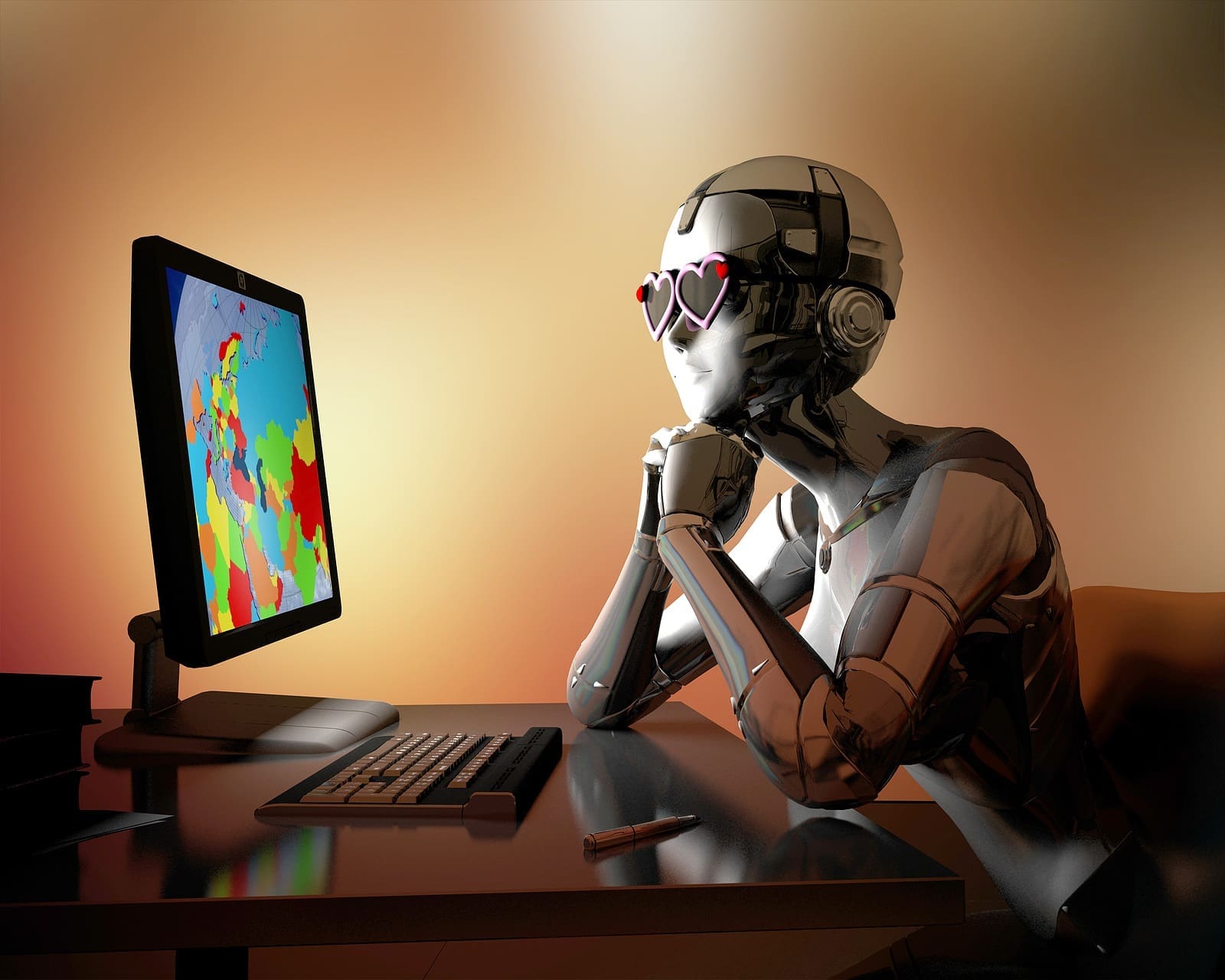When a child with autism goes missing, every minute feels heavier. Families understand how quickly worry turns into fear, especially when their child is non verbal or might not respond when called. That was the reality for a Sacramento family this week after 17 year old Zachariah Crawford, a non verbal teen with autism, disappeared
According to reports, the rapid pace of technological advancements, coupled with the rising prevalence of autism diagnosis in the United States and inherent difficulties within the autism therapy sector, highlights the pressing need for innovative tools such as robots. However, it is unlikely that these tools (robots) will become readily available for use in homes or clinics in the near future. Surveys have shown that a significant majority of Americans (72%) are opposed to the idea of robots doing human work.
But why robots
But why robots? According to the provided arguments, robots possess the unique ability to consistently perform tasks without error or fatigue. Computer Professor Dautenhahn, who specializes in electronics and computer science, gives examples through speech and language therapy. He explains that therapists typically have to constantly repeat words and engage in repetitive activities in order to treat their clients effectively. This can be a daunting task, especially for those who may see up to 10-15 clients per day.
However, with robots, these tasks can be automated and done with precision and consistency, allowing therapists to focus on other important aspects of therapy. Research published in Frontiers has observed that children are more attentive during interventions when a robot is used.
Children tend to be more engaged and interested in interacting with robots, which can lead to better outcomes during therapy sessions. The research further reveals that while most typical individuals have a stronger preference for human interaction, those with ASD do not show any significant bias towards humans or aversion towards artificial objects. In some cases, individuals with ASD even display behaviors towards robots that are similar to how neurotypical individuals interact with other humans. This highlights the potential of using robots in therapy sessions as an effective tool in engaging and treating individuals with ASD.
The ratio of robots to humans in manufacturing
The United States has not fully embraced robotics in various industries, particularly manufacturing. However, some countries, such as Japan, have a much higher ratio of robots to humans in the manufacturing sector. Based on data from 2021, Japan had 631 robots for every 10,000 people, while the United States only had 274 robots per 10,000 people. In the case of Japan, the use of robotics was driven by a shortage of human workers in certain industries.
Issue that arises
An issue arising when introducing new technology is the additional costs, legal implications, and concerns surrounding privacy. This becomes even more complex with technologies that can collect and utilize sensitive information from individuals, such as patient data.
As Elliot Lewis, CEO of Movia Robotics, states, “Every piece of data collected by a robot is considered HIPAA data?” and, therefore, falls under strict privacy regulations. So, while robotics may offer many benefits in terms of efficiency and productivity, it is essential to carefully consider and address these potential issues before implementing them in industries that handle sensitive information.
Challenges and barriers that individuals with ASD face
At Sacramento ABA Therapy, our team deeply understands the challenges and barriers that individuals with ASD face in traditional therapy settings, and that is why we keep exploring innovative ways to improve the delivery of therapy. One such way is through technology, including but not limited to robotics.
However, as highlighted earlier in this content, we understand that new technologies can also bring about concerns and challenges related to privacy and legal implications. That is why our team takes great care in implementing these technologies ethically and with utmost consideration for the well-being of our clients.
We also believe in a holistic approach to treating individuals with ASD, which includes incorporating various forms of therapy, such as speech therapy, occupational therapy, and applied behavior analysis (ABA). By utilizing a combination of different therapies and technology, we aim to provide a comprehensive treatment plan tailored to each client’s individual needs.

